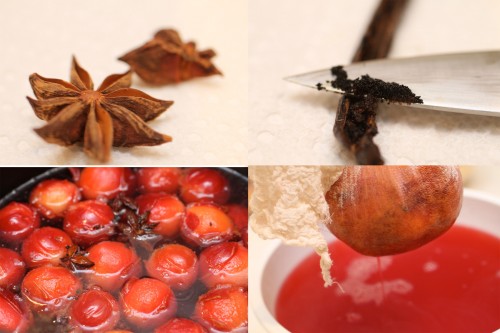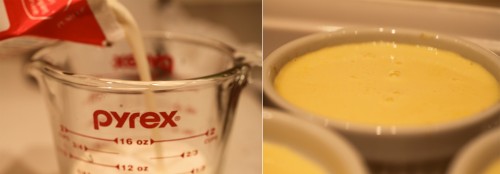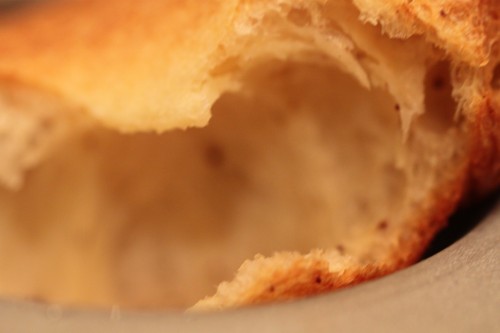Sugar Plum Sherbet with Star Anise
My tongue just twisted writing the title to this! The unbearable heat in NYC has lead me to more inventive ways of cooling down. What could be better than a homemade, refreshing fruit drink made with seasonal ingredients and interesting flavors?
Sherbet in America has come to take on a sorbet-like connotation, but the origins are really in the word “sharbah”, which is Arabic for “a drink”. Sherbet (or sharbat as we called it growing up) is a soft drink of sorts made from fruits, flower petals, and/or herbs. These are often extracted with sugar and lime juice to form a syrup, which is then diluted with water, milk, or evaporated milk and served over ice. Falooda, a South Asian sherbet, has always been a favorite of mine; it’s intoxicatingly flavored with rose syrup – will have to make it soon. Hibiscus, screw pine (amazing and unique), and saffron are other flavors often used in sherbets.
Turkey, India, Afghanistan – to name a few – all have their versions of sherbet. I’ve been researching Turkish food more as I’m planning a trip there for later this year (seriously canNOT wait), and I came across a recipe for sour cherry sherbet. That was the inception of this recipe. In the greenmarket, I stumbled upon these luscious, burstingly-ripe sugar plums and thought these one-up a sour cherry any day.
I also personally love the combination of plum with vanilla, and the star anise creates a beautiful perfume to the drink. The plum-tartness is balanced out well by the creaminess of the evaporated milk, and the result is actually quite delicate, more fruity than creamy. The milk can be left out of the recipe for those who don’t tolerate it well or simply want to watch calories – it’s delicious as a simple fruit drink over ice. I mixed a little sugar and cinnamon to create a rim on a martini glass and served it that way – lovely. Enjoy!
Ingredients
Yields approximately 9 to 10 cups
8 cups water
1 ½ cups sugar
1 ¾ lbs sugar plums (1 carton)
½ vanilla bean, split and seeds scraped
2 star anise pods
1 can evaporated milk
Ground cinnamon and sugar (for glass rim, optional)
Procedure
This is super easy.
In a medium pot, heat water on high. Add sugar and stir to dissolve.
Add whole plums, vanilla, and star anise. Bring up to a boil and lower to a simmer. Simmer, partially covered for 15 minutes. Uncover, and simmer for another 5 minutes. Throughout the simmering process, you want to mash the plums with a spoon – they come apart really easily.
Strain through a cheesecloth- lined mesh strainer. Pick up the ends of the cheesecloth and twist to squeeze all of the juice out of the plums. You may need to let it cool a bit before doing this. Discard the solids.
Let juice cool for a few hours in the fridge. Add evaporated milk. Serve over ice or in a cinnamon sugar-lined martini glass.



















